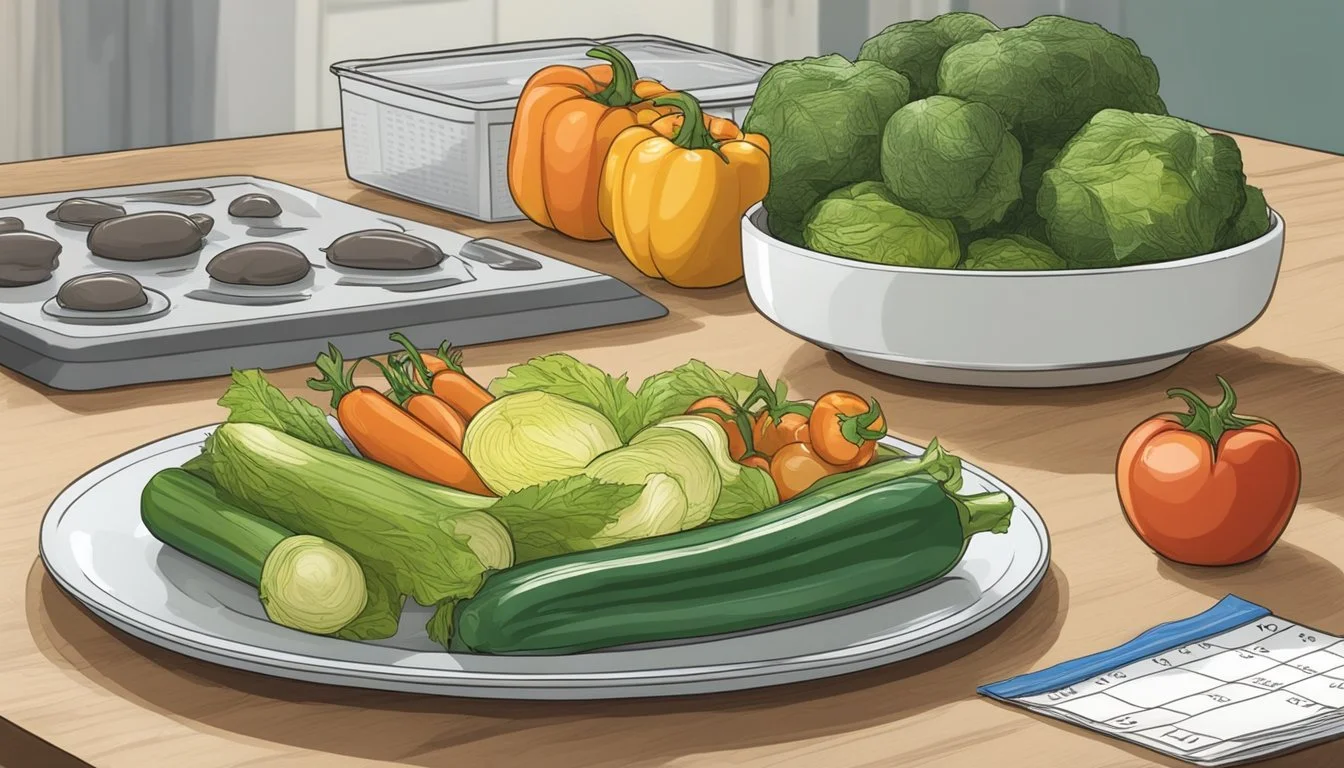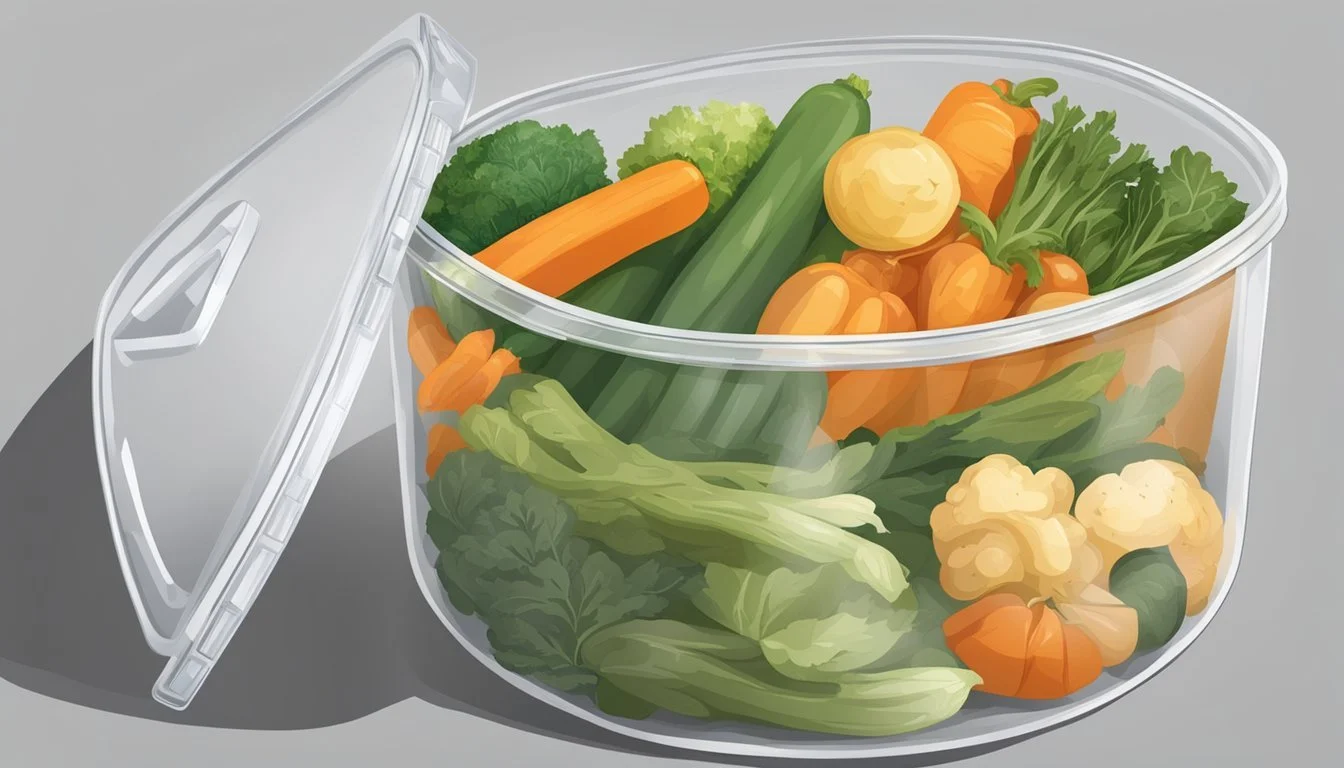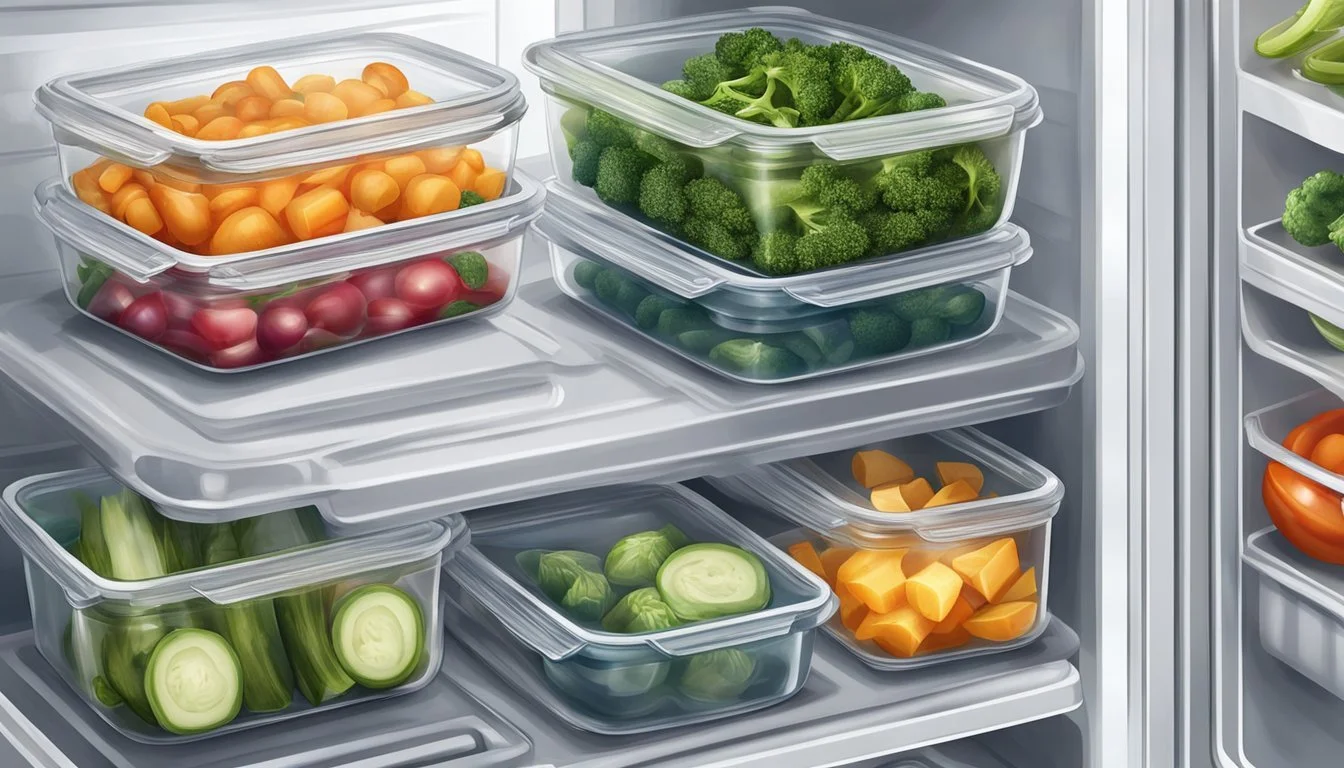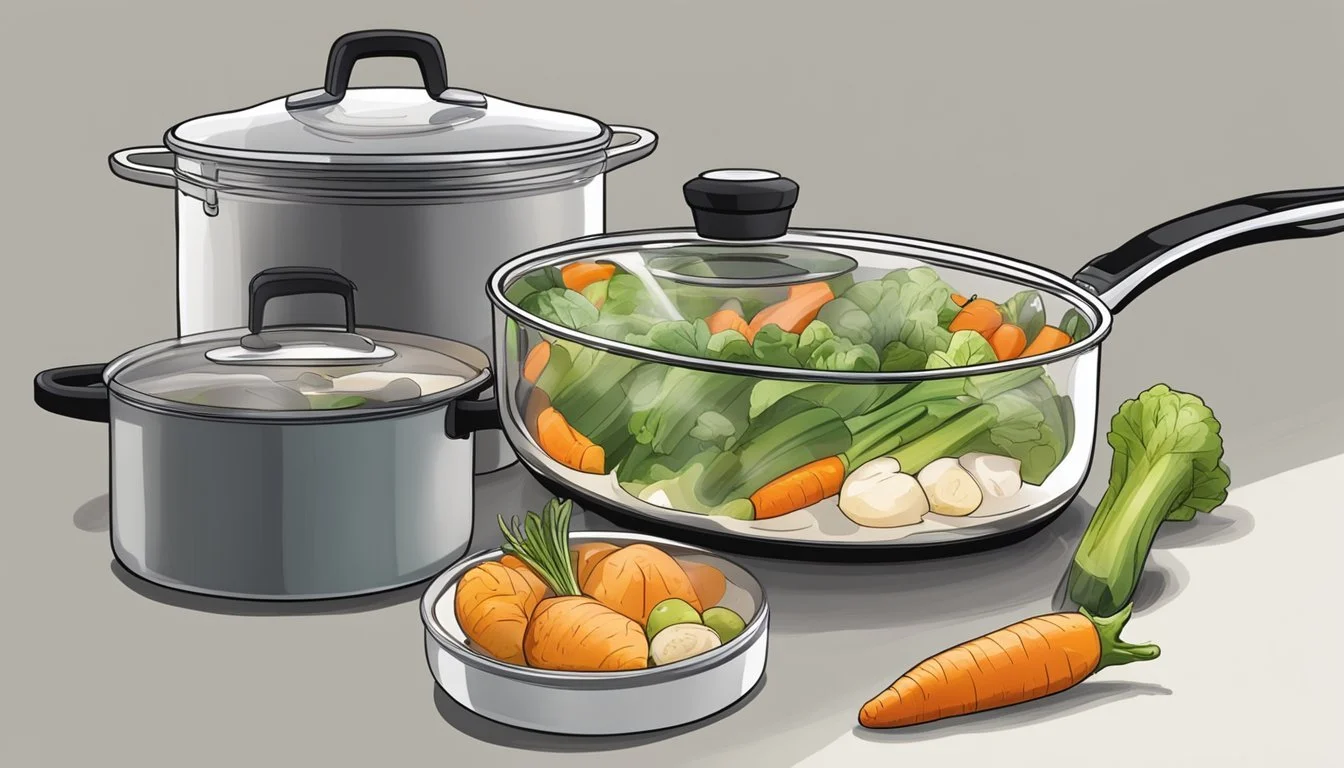How Long Do Cooked Vegetables Last?
Shelf Life and Storage Tips
When it comes to food storage and safety, understanding the shelf life of cooked vegetables (how long do cooked vegetables last?) is crucial. After cooking, vegetables should be promptly refrigerated to preserve their freshness and minimize the risk of foodborne illnesses. Cooked vegetables typically last in the refrigerator for 3 to 7 days. The exact time frame depends on several factors, including the type of vegetable, how it was prepared, and how it is stored.
Vegetables with a high water content, such as zucchini, tomato, and celery (how long does celery last?), are generally good for up to 5 days when refrigerated properly. In contrast, those with a lower water content, like spinach, peas, and cauliflower, can remain fresh for about 7 days. Storage methods impact the longevity of cooked vegetables as well; airtight containers and proper fridge temperatures play a significant role in extending their edible period.
Maintaining the safety and quality of cooked vegetables is a balance of proper cooking techniques, immediate refrigeration, and awareness of storage duration. It is vital for individuals to recognize that while refrigeration slows bacterial growth, it does not halt it entirely. Regularly checking the condition of vegetables before consuming them ensures they remain enjoyable and safe to eat.
Understanding Vegetable Preservation
Preserving the quality and freshness of cooked vegetables involves several critical factors. Identifying these can help extend the shelf life of your food and ensure it remains safe to consume.
Factors Affecting Shelf Life
Several factors influence how long cooked vegetables can be stored. Temperature is paramount; cooler temperatures in a fridge reduce the growth rate of bacteria. Moisture content plays a role as well; vegetables with high water content tend to spoil faster than those with low water content due to bacteria thriving in moist environments.
Importance of Storage Conditions
The right storage conditions are essential to prolong the shelf life of cooked vegetables. They should be kept in the fridge at temperatures below 40°F (4°C) to mitigate bacterial growth. Using airtight containers also prevents cross-contamination and maintains the freshness of the vegetables.
Indicators of Spoilage
Spoilage can be identified by changes in color and texture, as well as the presence of mold or an off smell. These signs of spoilage suggest that vegetables have gone bad and should not be consumed due to the potential for foodborne illness.
Food Safety Risks
Consuming spoiled vegetables can lead to foodborne illnesses caused by harmful bacteria like Bacillus cereus. It's important to recognize the risk and discard any cooked vegetables that seem compromised to prevent health risks.
Comparing Vegetables and Fruits
Unlike vegetables, fruits often contain natural acids that can inhibit bacteria, potentially giving them a longer shelf life. Leafy greens and root vegetables should be monitored carefully, as their shelf life can vary significantly when cooked, with greens generally being more perishable.
Proper Storage Techniques
Effective storage of cooked vegetables can significantly extend their edible period while maintaining food safety. Precision in temperature control and container selection are pivotal for longevity and quality.
Refrigerating Cooked Vegetables
Cooked vegetables should be rapidly cooled to a safe temperature after cooking and stored in the refrigerator within two hours of preparation to prevent spoilage. A temperature below 40°F (4°C) is ideal for inhibiting bacterial growth. Leafy greens and moisture-rich vegetables like tomatoes and bell peppers are best consumed within 3-5 days when refrigerated in airtight containers.
Freezing for Longevity
To freeze cooked vegetables effectively, one must first reduce their temperature in the refrigerator. Afterward, placing them in airtight containers or heavy-duty freezer bags can extend their shelf life to 2-3 months. Rapid freezing preserves texture and flavor, while consistent temperatures at or below 0°F (-18°C) help prevent freezer burn.
Extending Shelf Life of Different Vegetable Types
Different vegetables require unique storage considerations. For instance, starchy vegetables like potatoes have a longer refrigerated shelf life of about 7 days. In contrast, cooked leafy greens and moisture-rich vegetables like spinach and celery should be consumed sooner due to faster moisture-related spoilage.
Avoiding Contamination
Prevent cross-contamination by keeping cooked vegetables separate from raw produce and any meats. Use clean and sanitized utensils when serving or repackaging leftovers to maintain food safety and extend the shelf life.
Storage Best Practices
Employing best practices ensures the maximum shelf life of cooked vegetables. Key strategies include:
Steadily maintaining a cold environment in the refrigerator or freezer.
Utilizing airtight containers or wrapping to protect against contaminants and moisture loss.
Labeling containers with the date of storage helps monitor freshness and encourages use within optimal timeframes.
Post-Cooking Care
Proper handling of cooked vegetables is crucial for maintaining quality and safety. This section explores effective ways to manage leftovers, reheat them while preserving flavor and texture, and creatively utilize them in new recipes.
Managing Leftovers
When storing cooked vegetables, it is important to place them in a refrigerator within two hours of cooking to prevent the growth of harmful bacteria. Leftovers should be stored in airtight containers and can typically be kept for 3-7 days, depending on the type of vegetable. High water content vegetables may last 3-5 days, while others can last up to 7 days.
Reheating Techniques
To preserve the quality of cooked vegetables when reheating, one can use various methods such as oven, microwaving, or pan frying. To avoid mold and maintain flavor, it is best to reheat only the portion to be eaten.
Oven: Heat the vegetables in a preheated oven at 350°F for about 10-15 minutes.
Microwaving: Use a microwave-safe dish and cover with a lid or damp paper towel to evenly distribute heat.
Pan: Warm the vegetables on medium heat with a small amount of water or butter to prevent drying out.
Maximizing Flavor and Texture
To enhance flavor and texture after reheating, consider adding a touch of spices, butter, or salt. These can refresh the taste of the vegetables and bring back some of the freshness lost during storage.
Utilizing Leftovers in Recipes
Cooked vegetable leftovers can be incorporated into various recipes, such as soups, vegetable soup, or bulked out dishes like casseroles. For instance, roasted vegetables (What wine goes well with roasted vegetables?) make a great addition to omelets, and steamed vegetables can be stirred into pasta or rice dishes.
Dealing with High Water Content Vegetables
Vegetables with a high water content, like zucchini and tomatoes, are prone to becoming soggy. They are best consumed within a few days or used in recipes where their softer texture won't diminish the dish, such as in soups or sauces.





